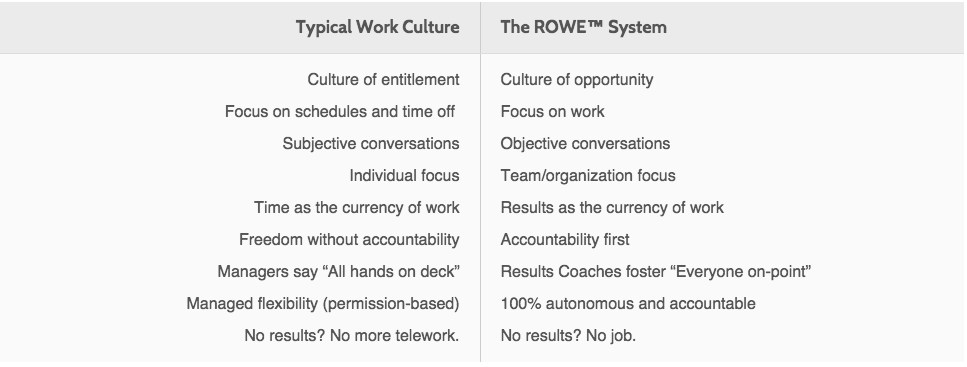A revolution emerged on May Day on Twitter since a group of online activists invited everyone to join the #talkpay hashtag. One of the most transparent social networks now contains tens or even hundreds of thousands of detailed tweets with real world industry numbers. People share their background, and how much they were paid by each of their employers.
Talking about salaries is forbidden by a large number of companies, and unethical in most parts of the world. There are just a few open companies sharing their numbers online – such as Buffer, while the corporate world hires recruiters who/ ask the candidates for their salary expectations during interviews. Those restrictions and the closed salary policy is a deal breaker for some employees, especially the ones who feel underpaid and unappreciated by their managers or CEOs.
Numbers Are Arbitrary
While I strongly support talking numbers and brainstorming with a group of reasonable people in the industry, the #talkpay hashtag could seriously affect the current state of the business world. This can be for better or worse – but regardless, talking numbers outside of the complete context is irrelevant. And by context I mean a lot of variable factors that differ in different companies. For example, comparing WordPress frontend developers’ salaries, we don’t take into account the majority of the relevant factors:
- Where does the developer live?
- What is the cost of life in that area?
- How many work opportunities are available for said developer in the city?
- How large is the company?
- What is its main business?
- Where are the company clients located?
- What is the ROI of the developer for the company?
- What is the complexity and urgency of a regular project in that company?
- What is the severity of any delay or an error made by that developer?
- What are the business hours at the company?
- Is there regular overtime, or support requests at 3am on Sunday morning?
Some general feedback about the industry may be valuable for you to sync your watch. But given the drastic amplitude between the lower salaries and the highest paid employees, that may cause certain industry conflicts.
ROI For Employees and Contractors
Every business looks for ways to optimize their expenses, and that includes recurring ones (such as monthly salaries, license costs, office rental) and one-off expenses (hiring a subcontractor, buying a new notebook for each employee). And the challenge of hiring a contractor for a project or an employee for long-term work is the lack of clear ROI formula.
- How much work could be done in a month by this employee?
- What is the complexity and the overall revenue that this work brings to the table?
These are the main questions that an employer is asking when reviewing an application or conducting an interview. See, employees are often interested in their weekly, monthly or annual compensation, without doing their due diligence regarding their own contribution for the company.
Trust me, if the amount and quality of work that you can deliver can bring $20 million a year to your employer, I’m pretty sure that you’ll become a millionaire in a year too. Same goes for working with clients.
- What does $150/hr mean?
- How does that translate to a number of hours for my project?
- What would be the total cost of the end solution?
- Would I be able to generate enough revenue with that end product?
These are the questions that clients ask when looking for a contractor offering his or her hourly rate. It all comes to ROI, or value.
Results-Only Work Environment
The best way to cross that line of false expectations and vague planning is value-based pricing. I’ve elaborated on that in Grow Your Business with Your Customers since the focus should be on the value and results, and not the amount of time that takes you from point A to point B.
Sending a Request for Proposal to 5 different agencies doesn’t mean that the quality of work will be the same. And that very misconception is the reason why starting freelancers and agency owners keep competing by price instead of fighting for higher value and ROI.
Enter ROWE – Results-Only Work Environment. ROWE is an HR management strategy that establishes payment based on results instead of number of hours worked. Presence itself means nothing if quality work is not produced in the meantime, which is why the focus is put on value.

ROWE shifts the perspective for both employment, contracting and outsourcing to being about value. It’s actually a good mix of fixed cost and hourly rate, since none of those is perfect:
Fixed pricing means that a contractor has to estimate the total cost of a project. With fixed pricing the client expects to plan the costs upfront. However, contractors usually bump this number up since they need a buffer for unexpected changes, often reject reasonable additions to the scope due to the fixed price, or try to use existing solutions that may not quite fit the requirements, but can save a few hours here and there.
Hourly rates mean nothing for a business owner hiring a contractor. A task may take an hour or 10 hours, or 100 hours. Even rough estimates may be way too rough, with a lot of back and forth. Also, striving for a lower cost means that a contractor can either deliver poor quality in order to keep the costs lower, or incredibly high results in exchange for a high number of hours.
Switching to a ROWE-based model allows you to mix both models and apply the best of both worlds.
Value-based goals will lead to increased productivity, higher focus and better results in a shorter amount of time. Regardless of your position, this would drastically improve your business:
- Clients will get their work done in the best possible way, since payment would be value-based
- Agency owners and consultants will pursue quality clients, improve their portfolio and earn more by solving real problems
- Each member of the business relationship is held accountable to measurable results, which means higher dedication and responsibility for work done, which leads to a better process in terms of work, quality validation, and communication
- Employees will have to produce quality work and focus on the business needs – the ones who are best at that would earn bonuses, days off and/or other company benefits since their ROI would be significantly higher than the average.
In order to increase your profits and the quality of your work, try ROWE out. Apply it in your business environment and focus on delivering high-quality results. Optimize your work hours and deliver more in a shorter amount of time. By increasing your own value, you can invest more hours in higher profit, or spend your time elsewhere without decreasing your profits.




